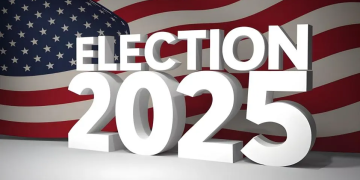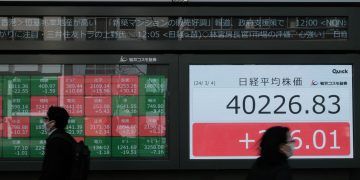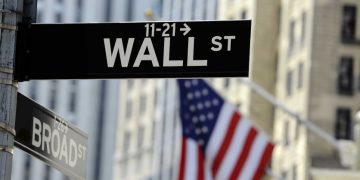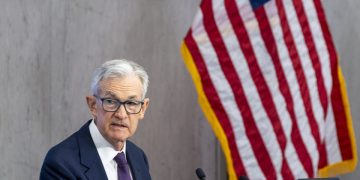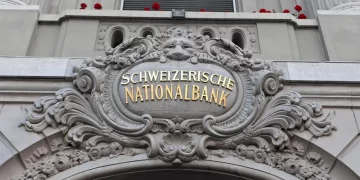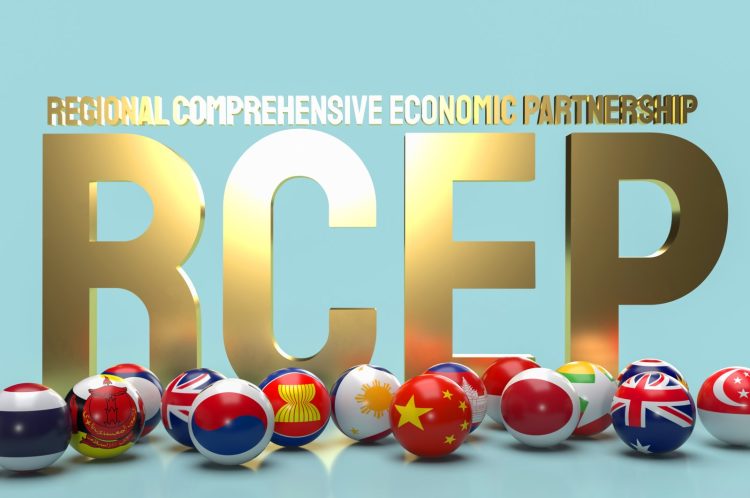In a world where economic borders are increasingly defined by the power of trade pacts rather than territorial lines, understanding the nuances of international trade agreements is critical for investors navigating global equity markets. These pacts, whether bilateral, multilateral, or regional, shape the flow of goods, services, capital, and investment sentiment across continents. Recent years have seen a resurgence in trade deal activity—from the recalibration of legacy agreements to new strategic alliances that reflect a shifting geopolitical and economic landscape. As 2025 unfolds, the interplay between trade policy and global equity performance has grown tighter than ever. This article dissects the most significant recent trade developments, unpacks their influence on key sectors, and offers expert insight into how investors can strategically align portfolios with trade-driven opportunities.
Recent Trade Agreements Reshaping the Investment Landscape
One of the most influential recent trade developments is the EU–Mercosur agreement, which after over two decades of negotiation, has finally entered its provisional implementation phase. This pact links the European Union with Argentina, Brazil, Paraguay, and Uruguay—forming one of the largest free trade zones globally. Despite environmental concerns and political opposition, the deal is set to lower tariffs on EU industrial goods while granting Mercosur countries improved agricultural access to the European market. This has direct implications for European industrial stocks, Brazilian agribusiness firms, and multinational logistics companies operating in both regions.
In North America, the United States-Mexico-Canada Agreement (USMCA) continues to evolve. While initially focused on preserving trilateral trade, recent amendments have sharpened enforcement tools around labor and environmental standards. This has helped stabilize cross-border manufacturing and given a boost to the North American auto sector, particularly electric vehicle supply chains. U.S. stocks with strong Mexico-based operations—such as General Motors and Caterpillar—have seen increased investor confidence due to tariff certainty and supply chain predictability.
Asia has also been a hotspot for trade innovation. The Regional Comprehensive Economic Partnership (RCEP), which includes China, Japan, South Korea, Australia, and ASEAN nations, is now fully operational. As the largest trade pact in history by GDP, RCEP aims to harmonize trade rules and reduce barriers among 15 economies. While it excludes the U.S., its effects are profound—boosting regional supply chains, enhancing investment flows, and strengthening Asia’s economic integration. This has significantly supported equities in logistics, electronics, and consumer sectors across Southeast Asia.
Meanwhile, India has signed several bilateral trade agreements, most notably with the UK and the UAE. The India-UK FTA is designed to eliminate tariffs on key exports like textiles, pharma, and IT services, with UK firms gaining access to India’s massive domestic market. Indian equity indices such as the Nifty 50 have seen sector-specific surges, particularly in textiles and renewable energy, as these industries stand to gain from enhanced market access and investment flow.

Trade Wars, Tariffs, and Their Lingering Market Impact
While trade agreements can bolster equities, protectionist policies and trade wars can just as quickly deflate investor optimism. The U.S.-China trade conflict, though less incendiary in tone under current administrations, continues to affect semiconductor, technology, and agricultural markets. The imposition of export controls on advanced chipmaking equipment, restrictions on investment in Chinese AI and quantum computing sectors, and tit-for-tat sanctions have injected volatility into tech-heavy indices like the NASDAQ and the Shanghai Composite.
Moreover, the EU’s Carbon Border Adjustment Mechanism (CBAM), which introduces tariffs on imports based on their carbon footprint, is emerging as a new type of trade friction. While designed to prevent carbon leakage and support the bloc’s green transition, the CBAM has drawn criticism from developing nations and some Asian exporters. Industries such as steel, aluminum, and cement could face higher compliance costs, affecting stocks tied to high-emission manufacturing.
Currency effects tied to trade tensions also play a role. The Chinese yuan has come under downward pressure as the country’s export engine slows, while the U.S. dollar strengthens amid a “flight to safety” dynamic. This currency divergence affects not only trade balances but also the valuation of international revenue streams for multinational firms.
Sectoral Winners and Losers from Trade Policy Shifts
Certain sectors are perennial beneficiaries of liberalized trade. Logistics and shipping firms such as Maersk and FedEx gain from increased goods movement across borders. Consumer goods manufacturers like Unilever and Procter & Gamble benefit from eased tariffs and improved market access. Industrial firms involved in machinery, chemicals, and components—particularly those with global supply chains—stand to profit when trade routes become more predictable.
Agribusiness is another clear winner, especially in regions like Brazil and the U.S. Midwest, where soybean and meat exports are central to trade agreements with China and the EU. The EU-Mercosur pact, for example, is set to enhance exports of Brazilian beef and sugar while allowing EU car manufacturers to access Latin American markets with fewer restrictions.
On the flip side, companies heavily reliant on protectionist tariffs—such as certain domestic steel producers—may face intensified competition and margin pressure when barriers fall. Likewise, firms in politically sensitive sectors like 5G technology, rare earths, and pharmaceuticals must contend with dual pressures of compliance and localization.
Investment Strategies in a Trade-Driven Market
So how should investors respond to this dynamic global trade environment? Experts suggest a combination of macro awareness, sector rotation, and geographic diversification.
First, thematic investing around trade-enabling sectors such as logistics, industrials, and digitized supply chains offers long-term potential. ETFs like the iShares Global Industrials ETF (EXI) and Global X MSCI China Consumer Discretionary ETF (CHIQ) allow investors to gain exposure to trade-linked growth narratives.
Second, geopolitical diversification remains key. Exposure to emerging markets that are proactively engaging in trade pacts—like Vietnam, Indonesia, and India—can help offset volatility in more mature but stagnant economies. Funds such as the Matthews Emerging Asia Fund (MEASX) offer curated exposure to this trend.
Third, analysts recommend paying close attention to earnings calls and corporate guidance tied to trade policy. Firms that explicitly cite trade wins—such as tariff exemptions, export incentives, or regulatory alignment—are often better positioned for near-term outperformance. Conversely, watch for red flags in sectors where trade frictions could spark inventory build-ups or pricing power erosion.
Lastly, don’t underestimate the power of currency hedging. As trade policy shifts often trigger FX volatility, using currency-hedged instruments like the WisdomTree Japan Hedged Equity Fund (DXJ) or currency overlay strategies can help protect returns.
Conclusion: Trade as a Structural Driver of Global Equity Trends
Trade agreements are more than diplomatic milestones—they are structural forces that define competitive landscapes, shift supply chains, and reprice entire sectors. For global investors, understanding the terms, timelines, and enforcement mechanisms behind these deals is not a luxury—it’s a necessity.
As 2025 continues to unfold, the global stock market will remain closely tied to the trajectory of trade negotiations. From RCEP’s influence on Asian tech to the EU’s climate-linked trade policies, and from India’s bilateral pacts to North America’s nearshoring strategies, the deals being signed today are already reshaping the equity stories of tomorrow. Investors who stay ahead of the trade curve, positioning themselves where policy meets profit, will be best poised to thrive in this interconnected world.



